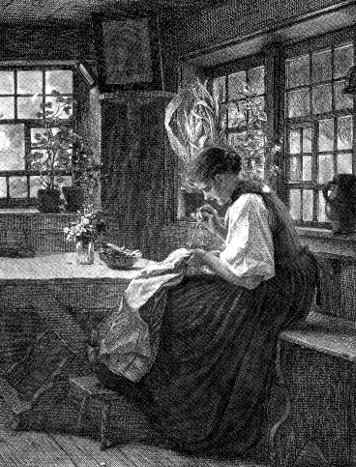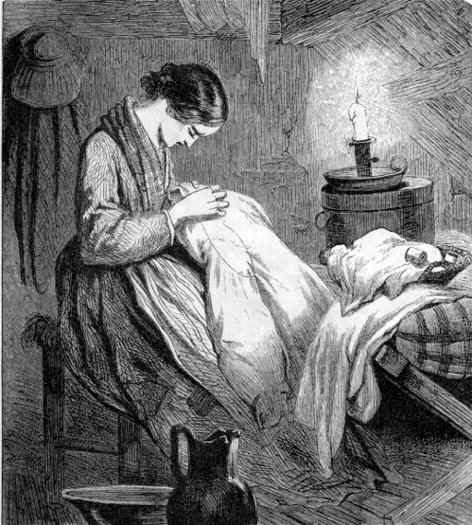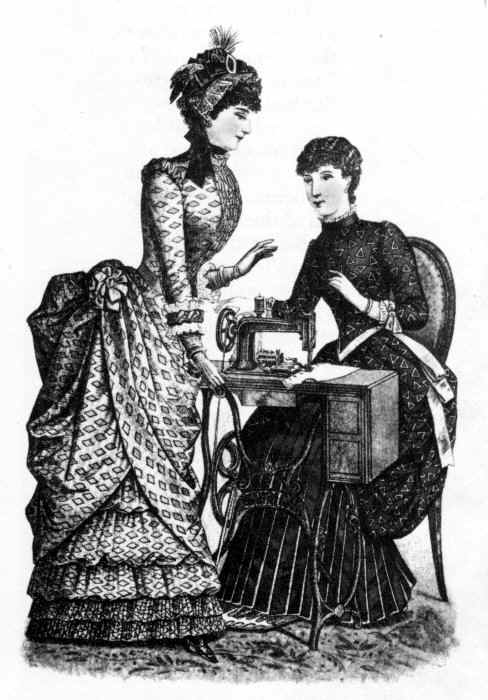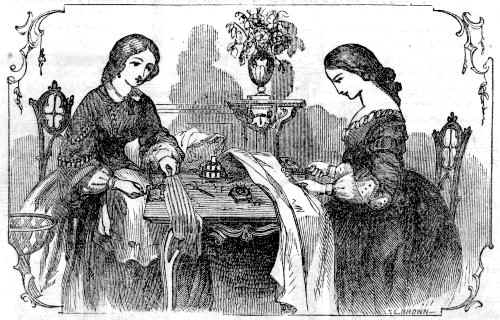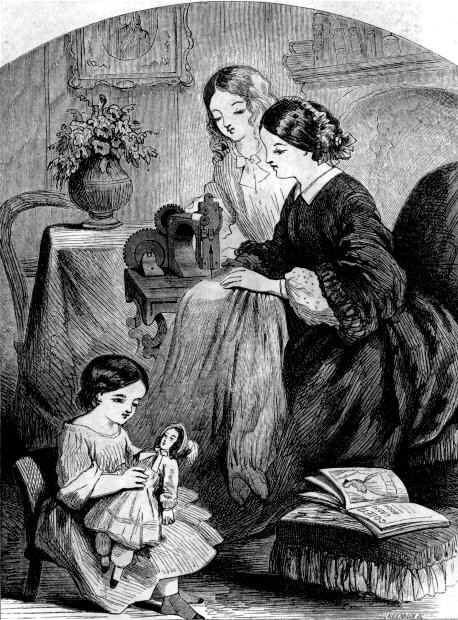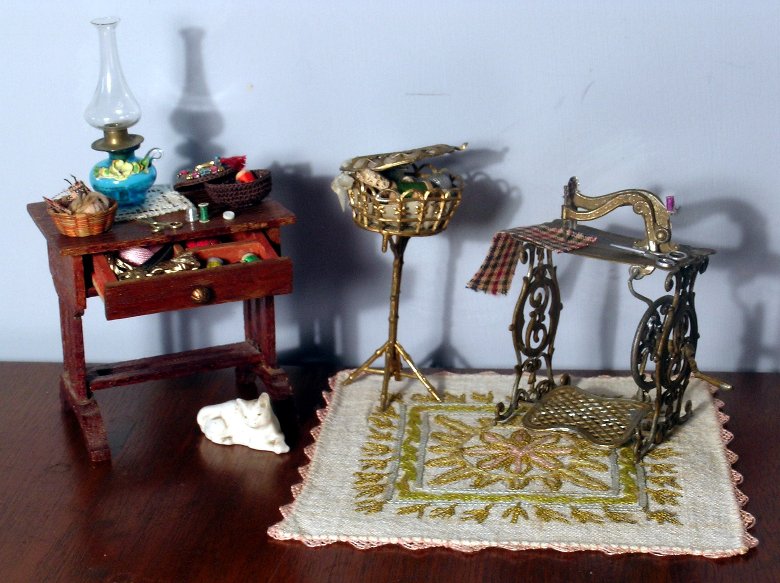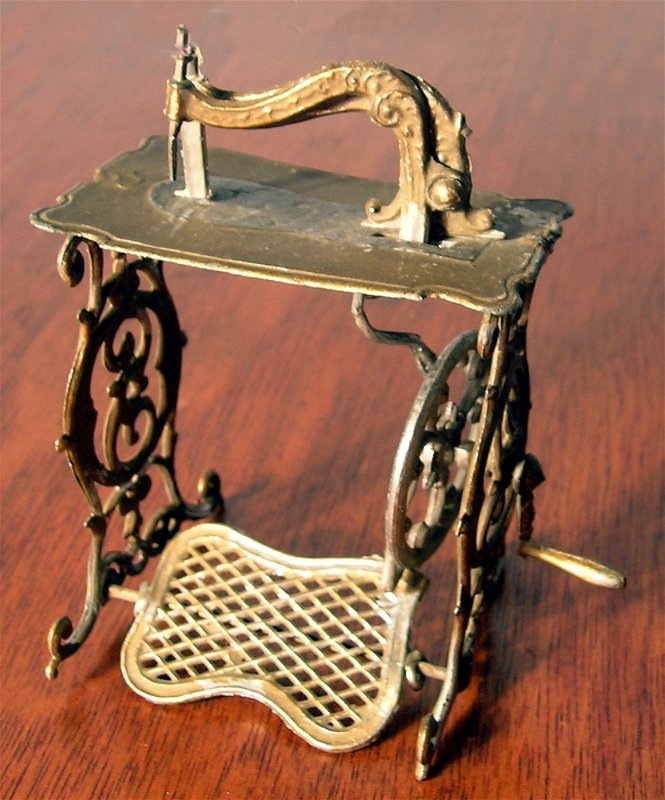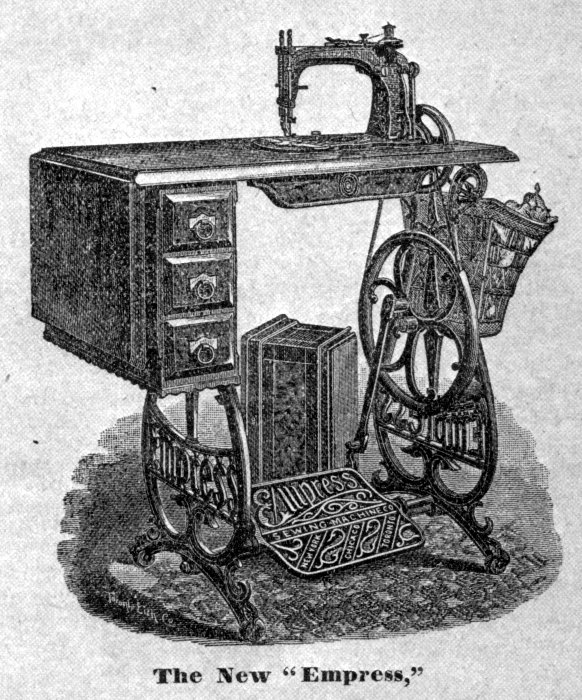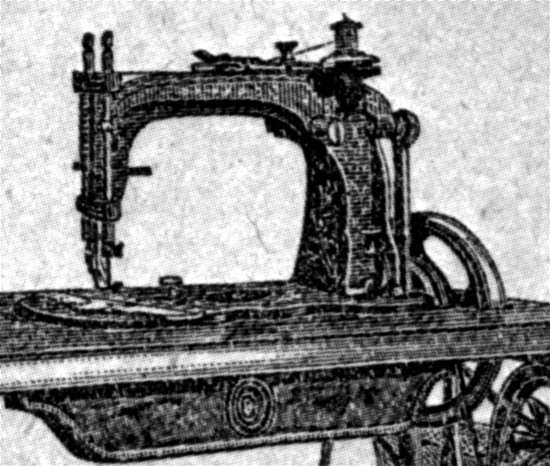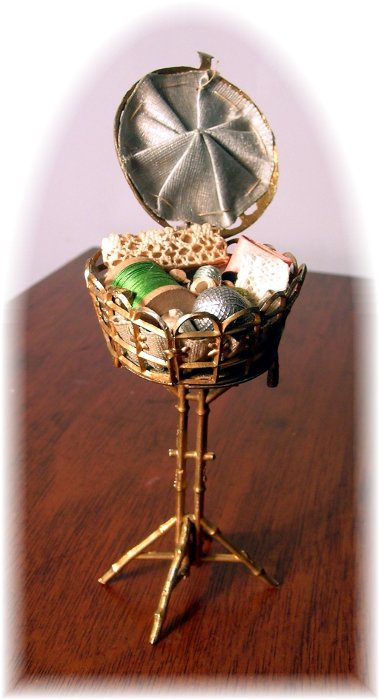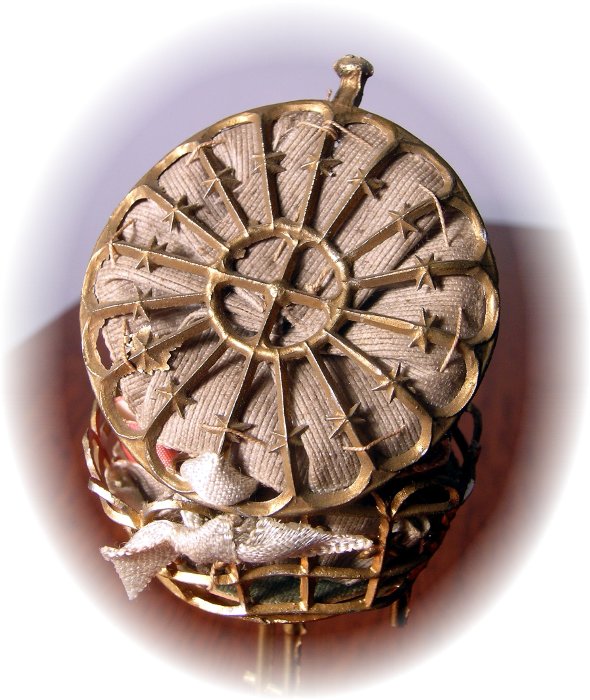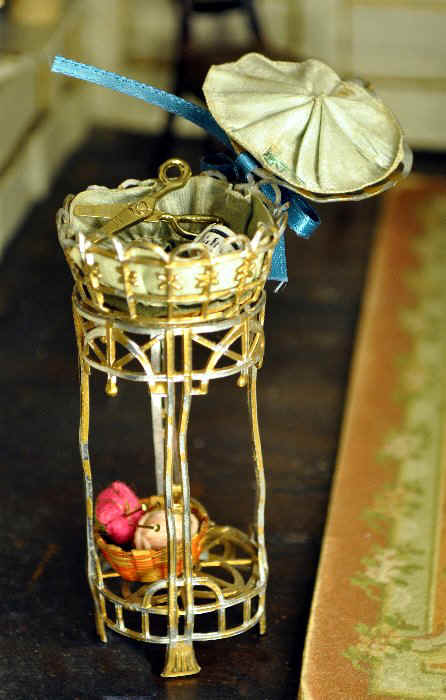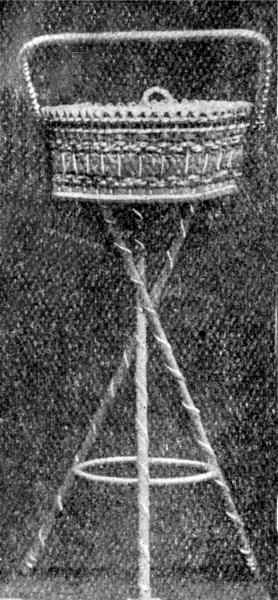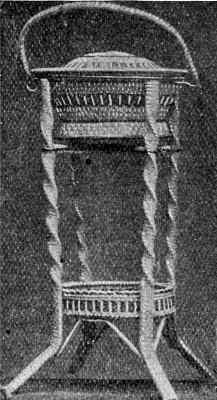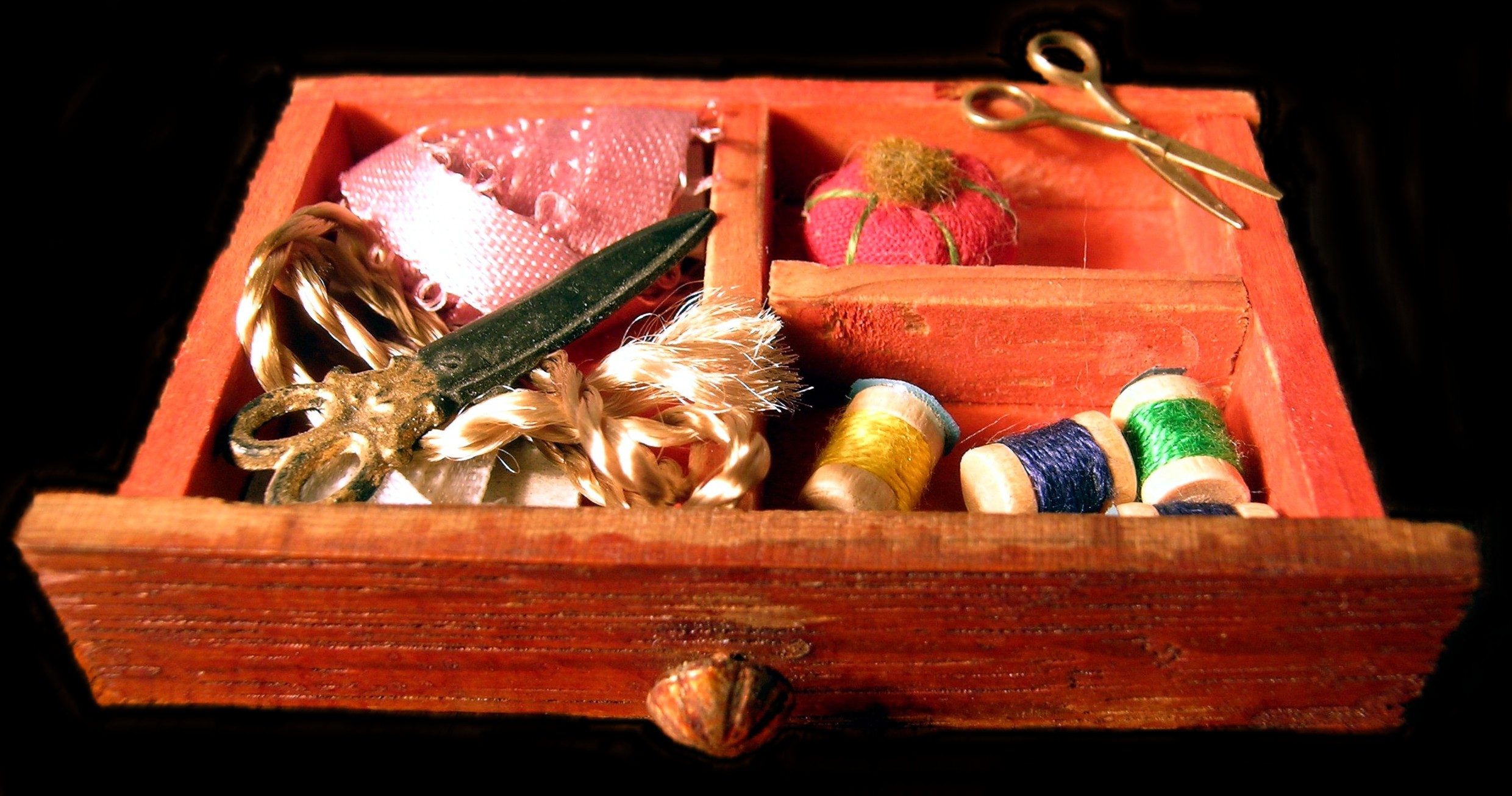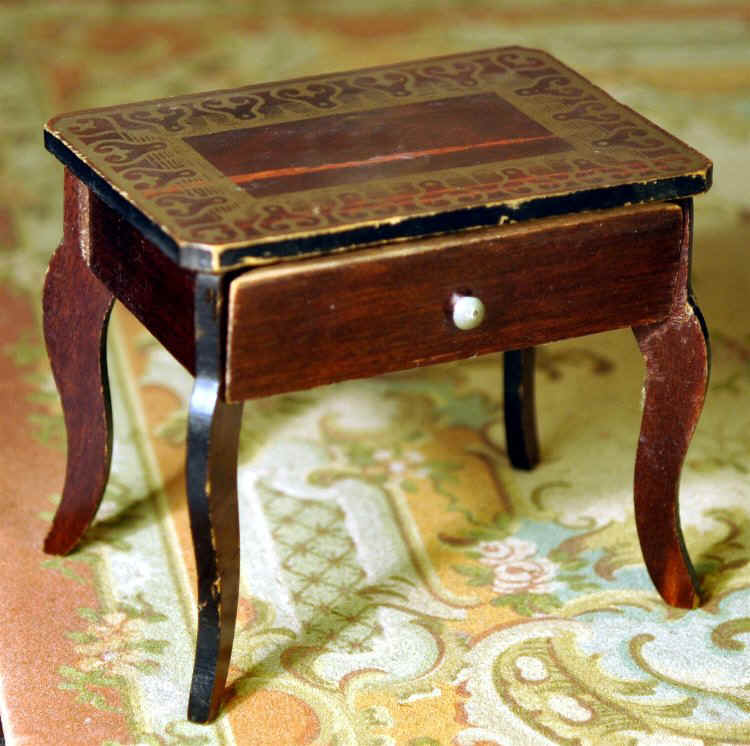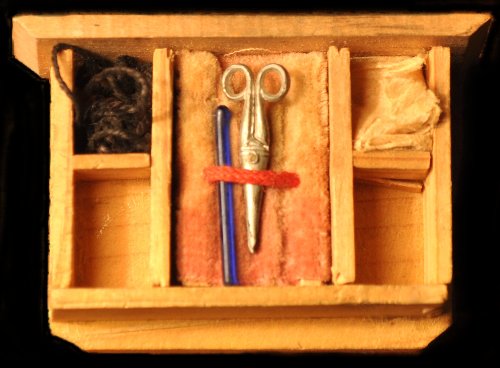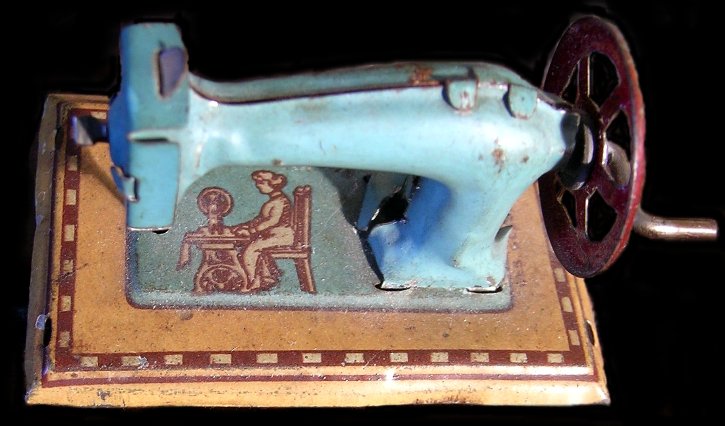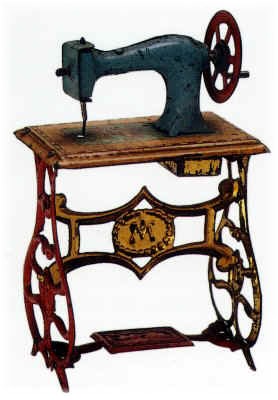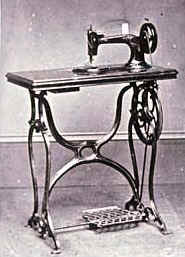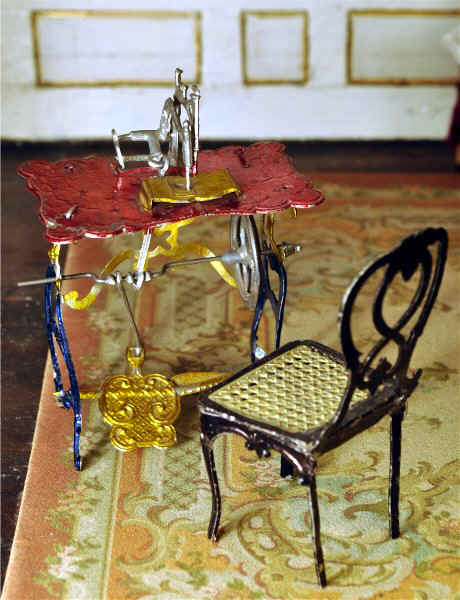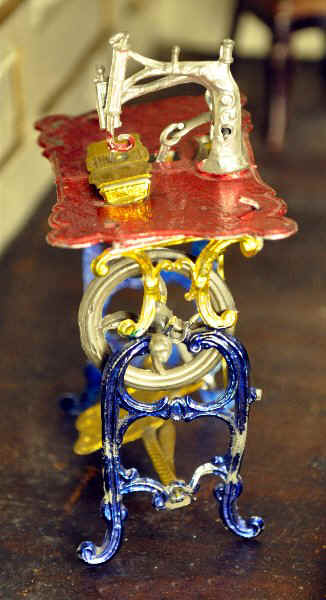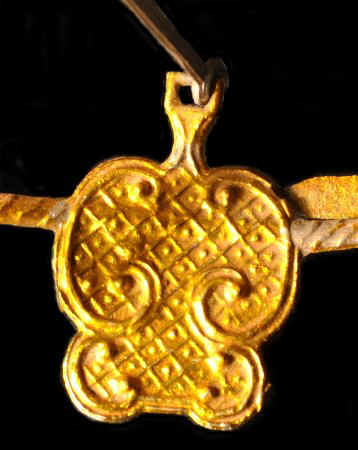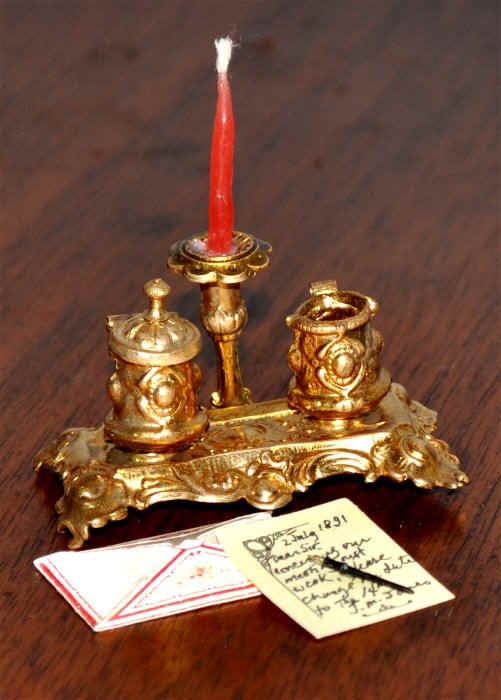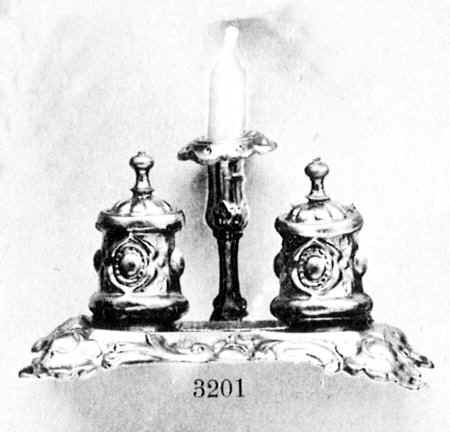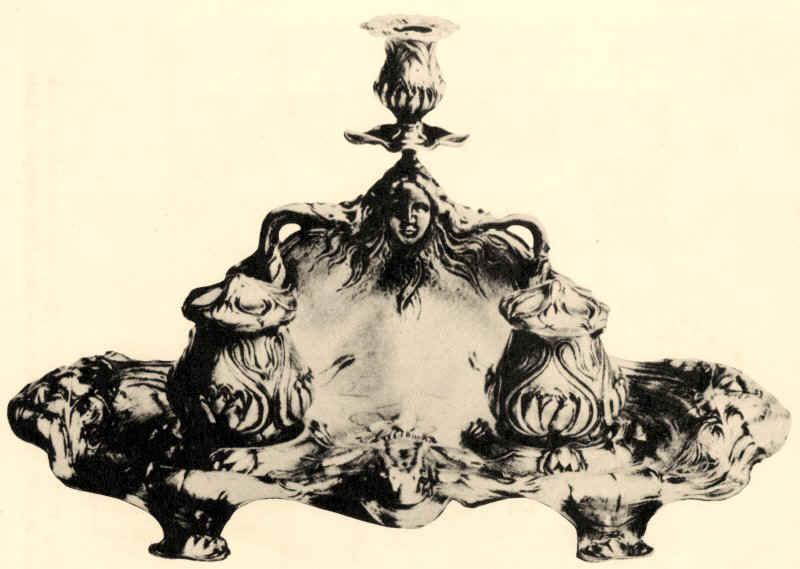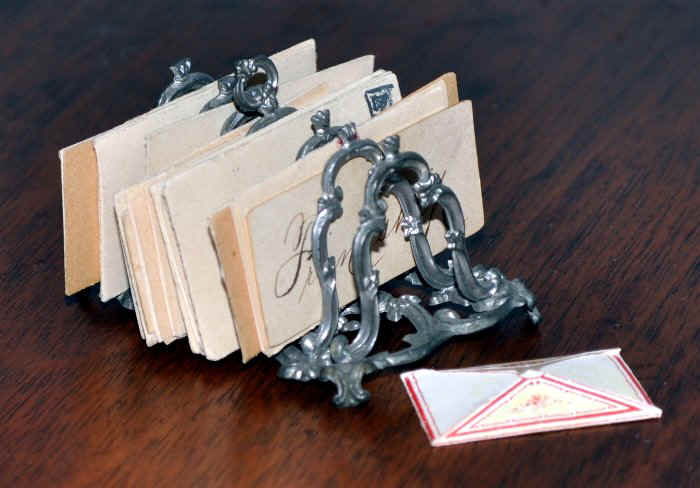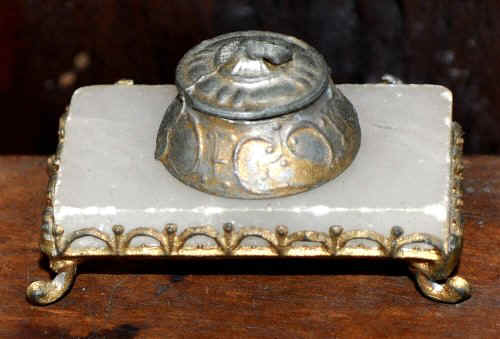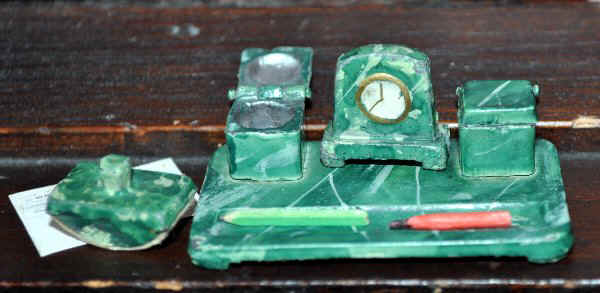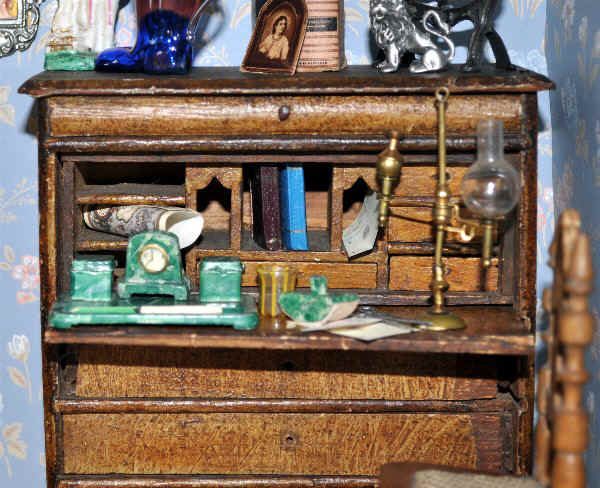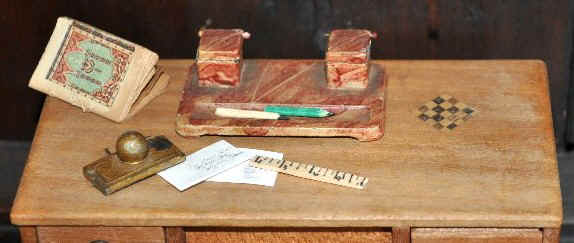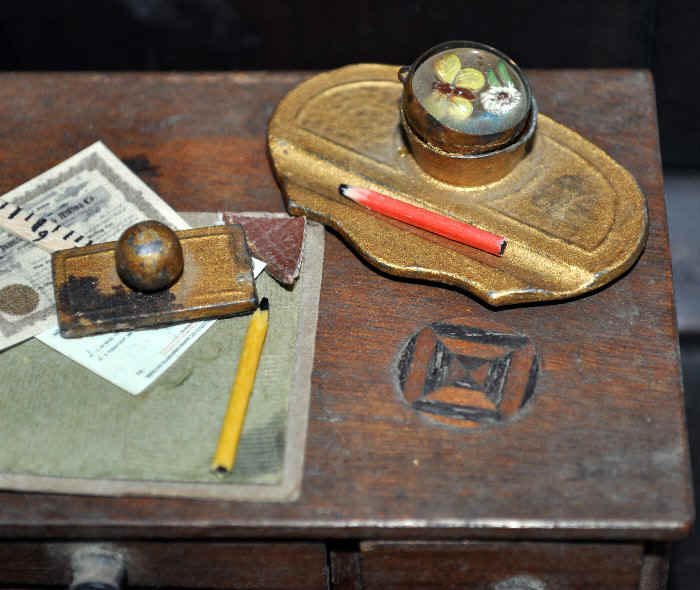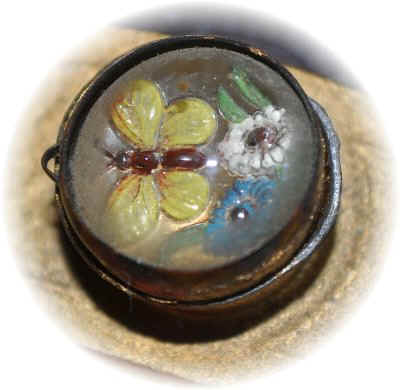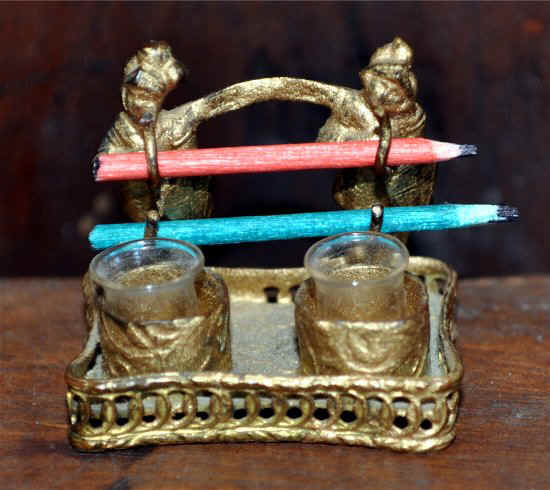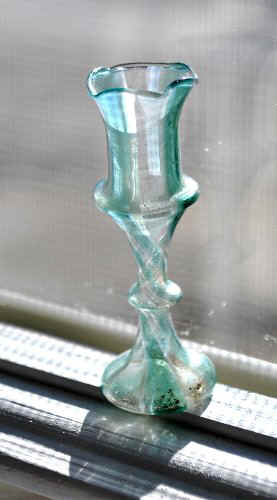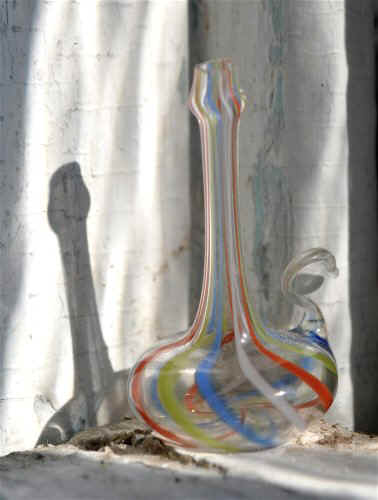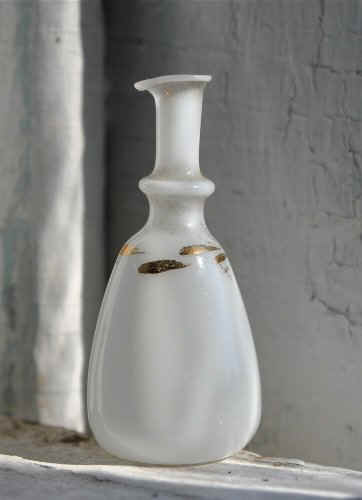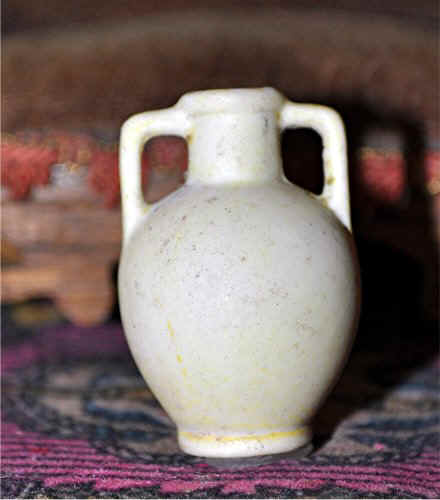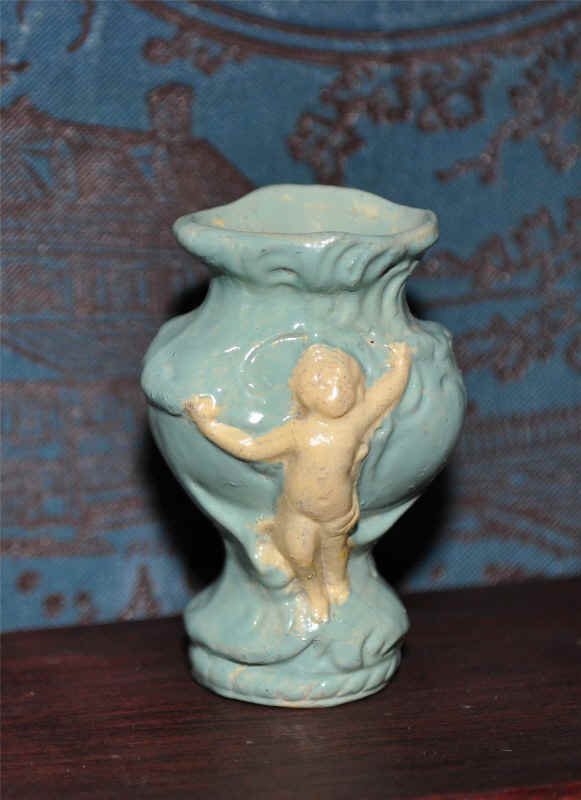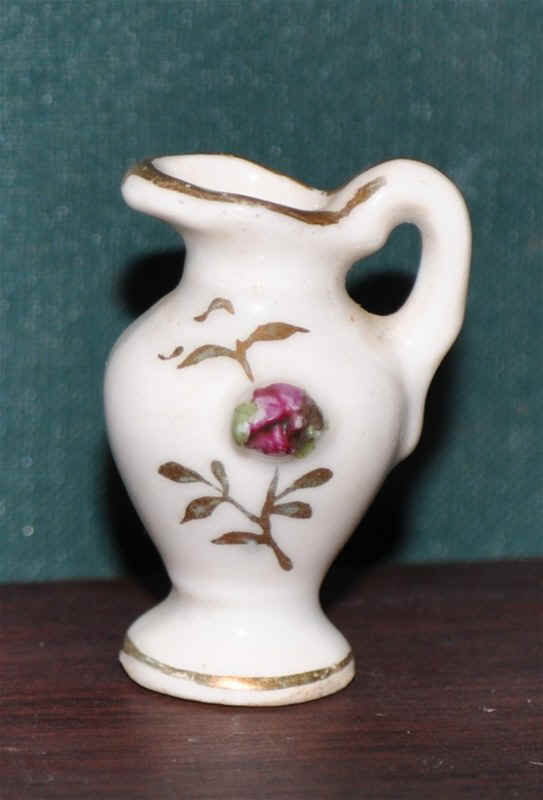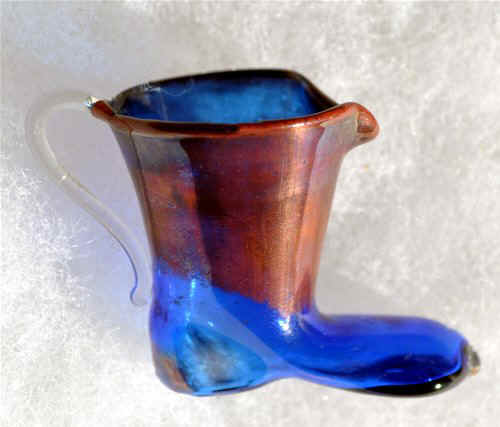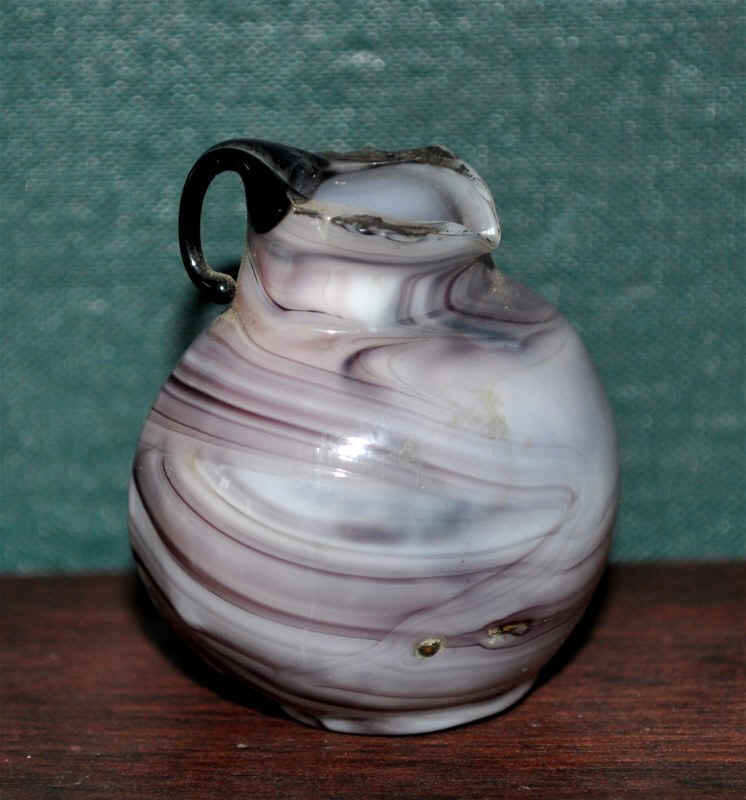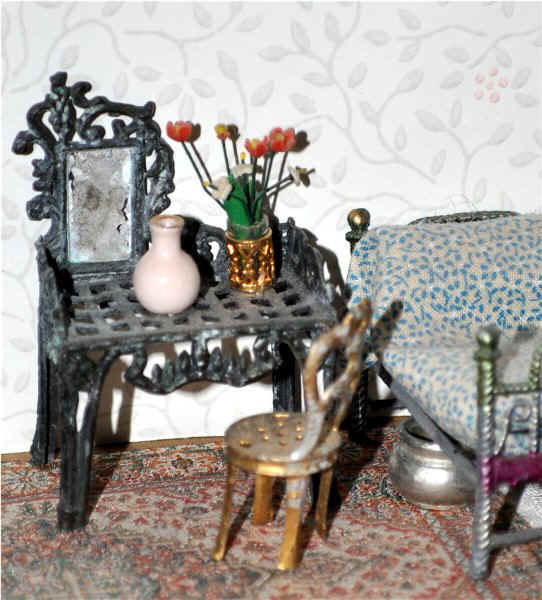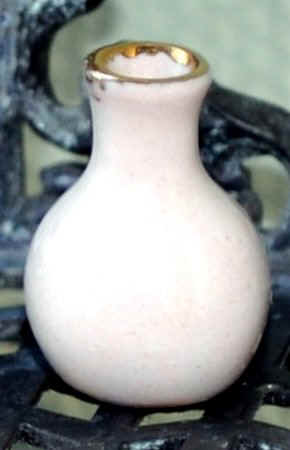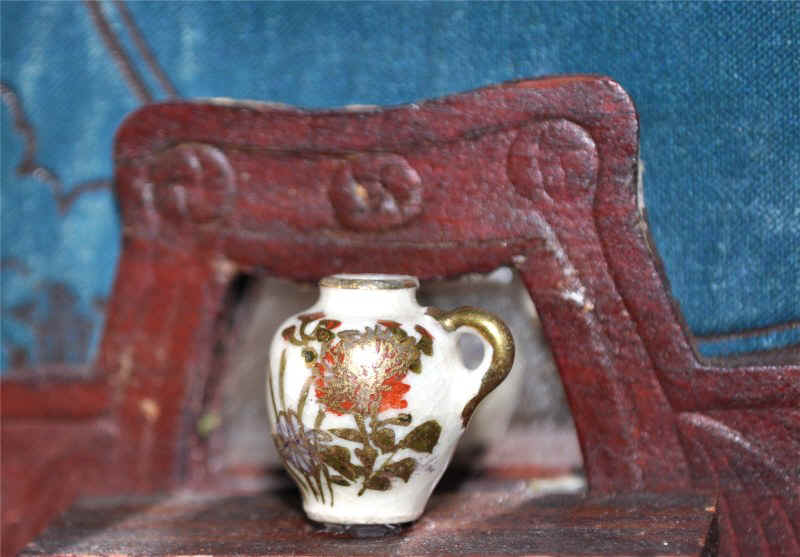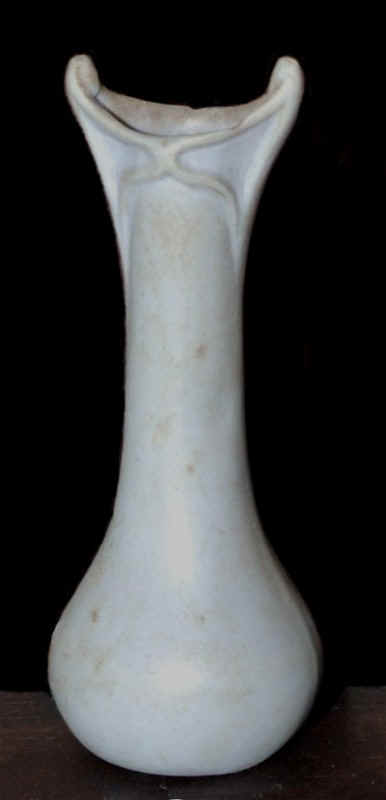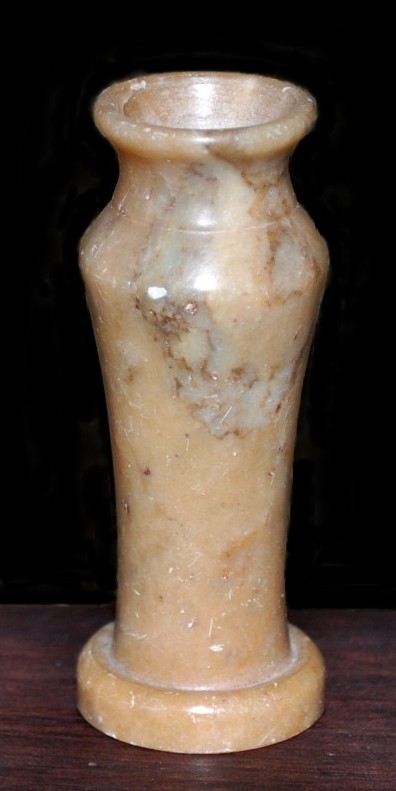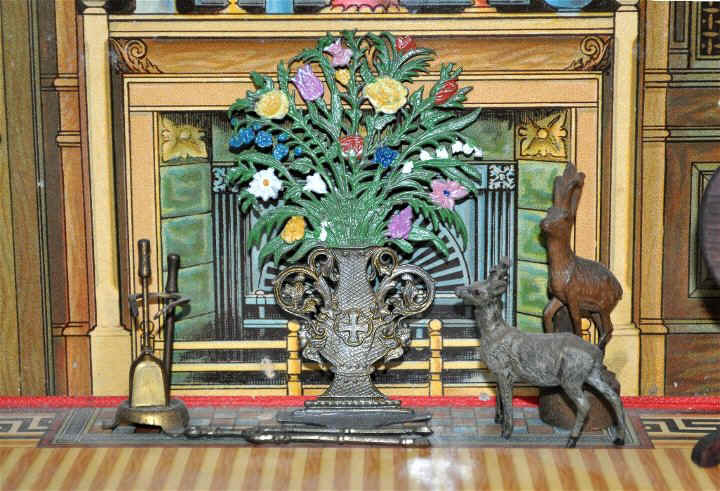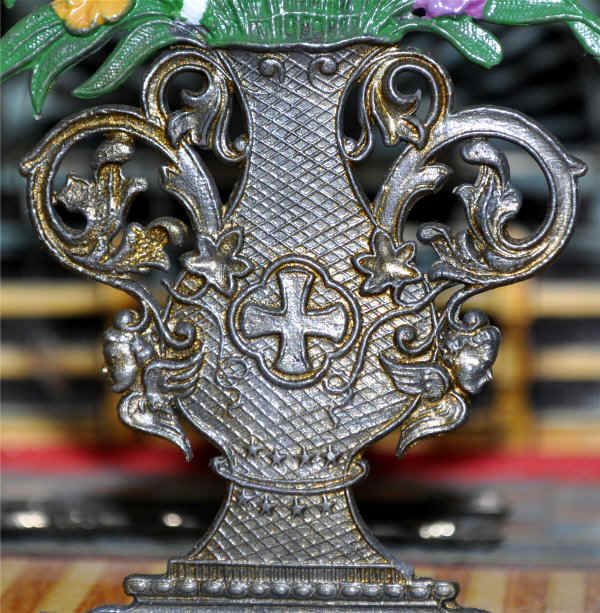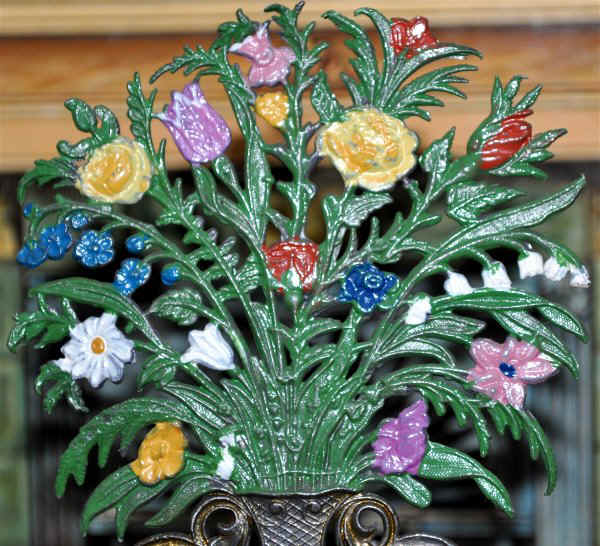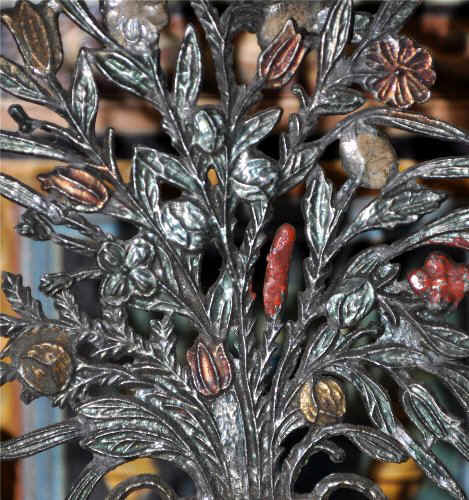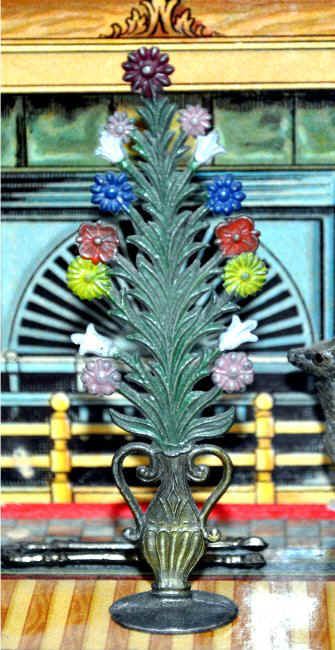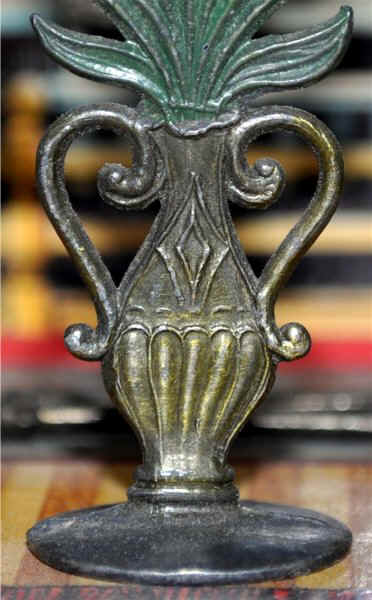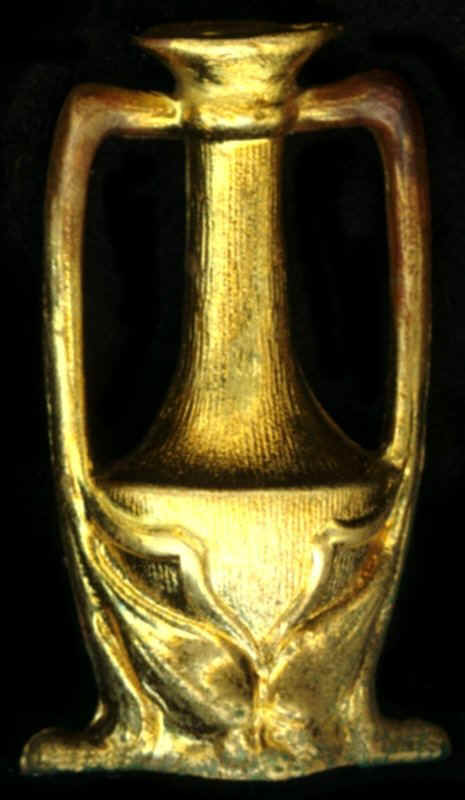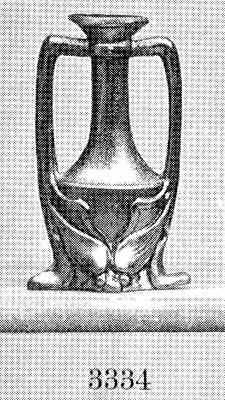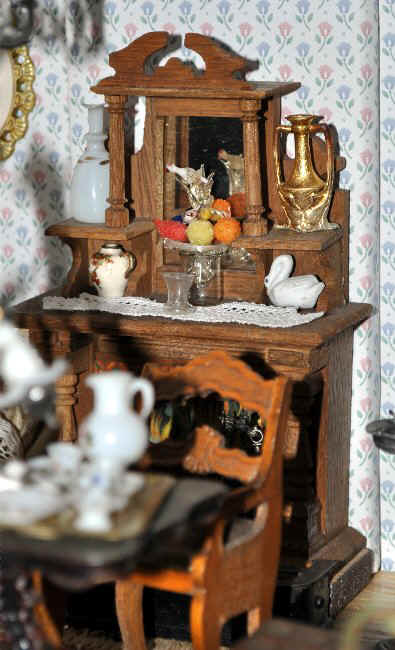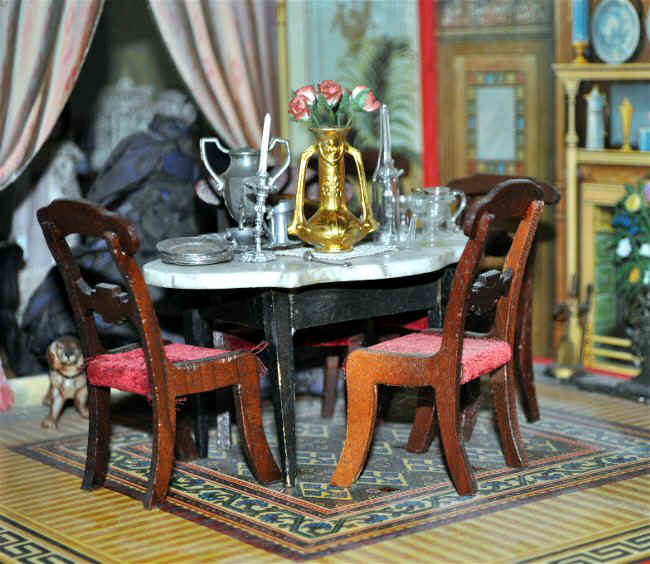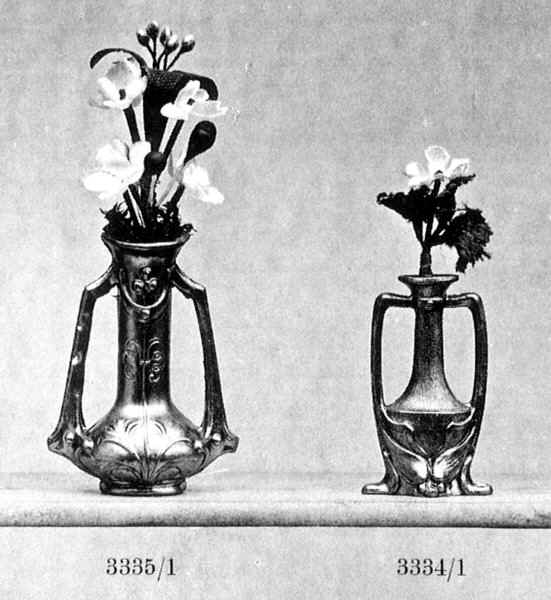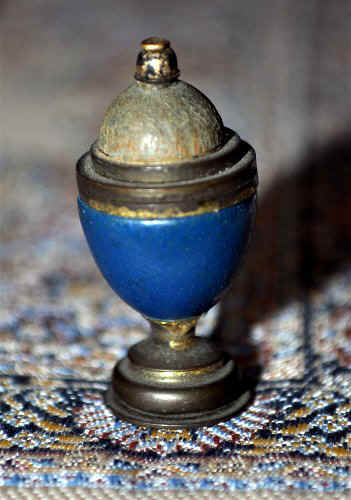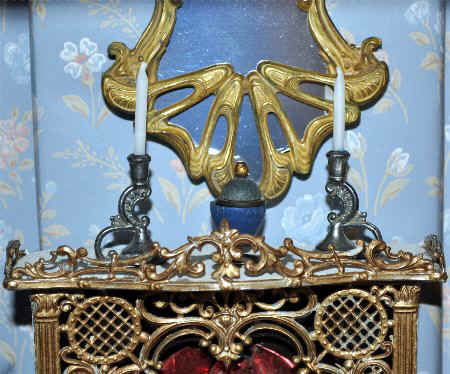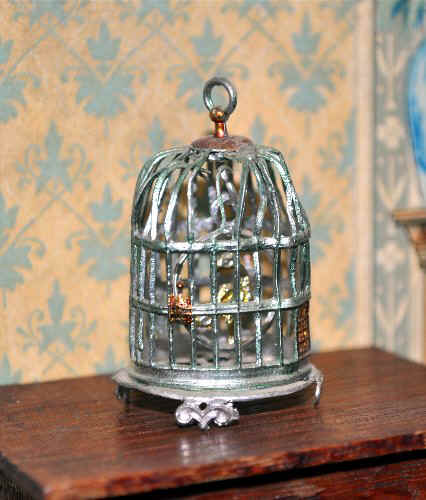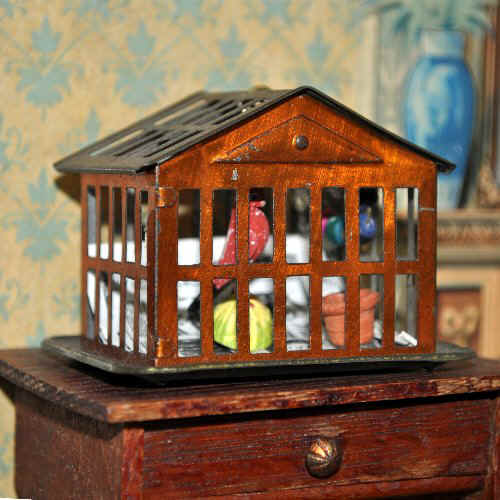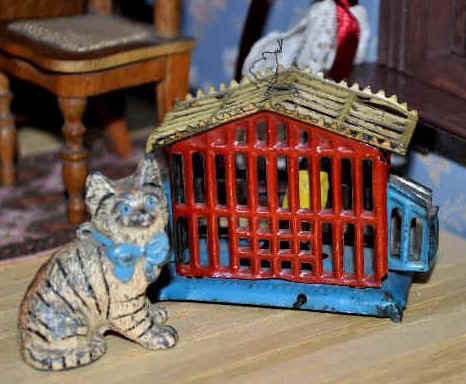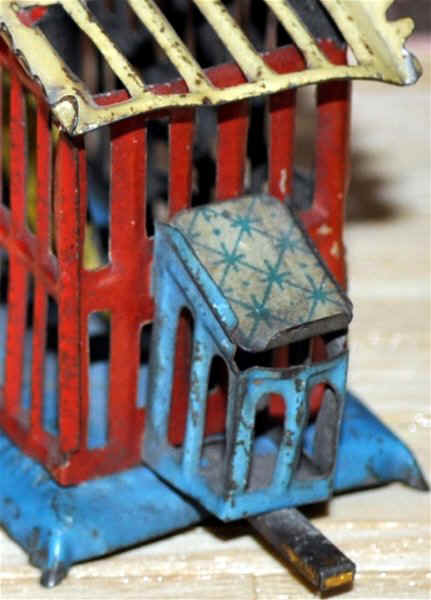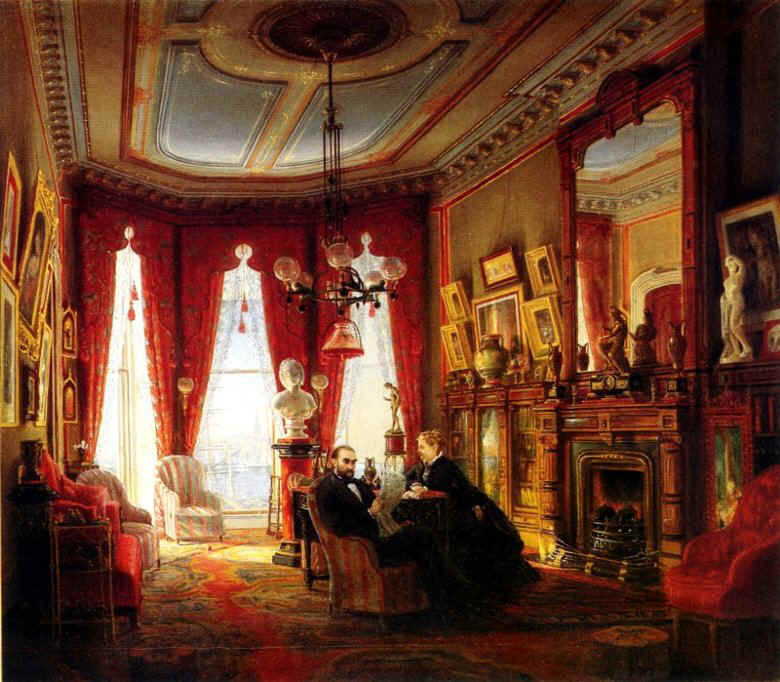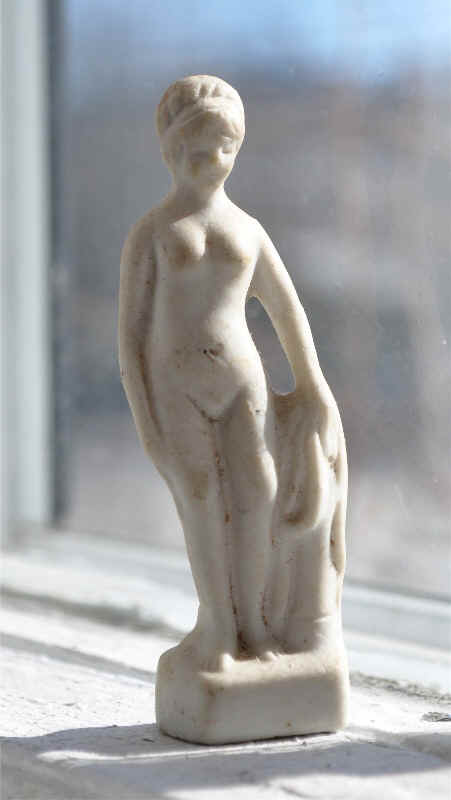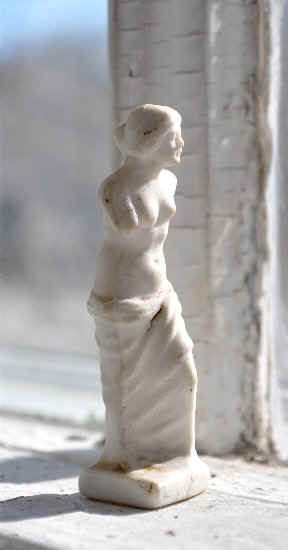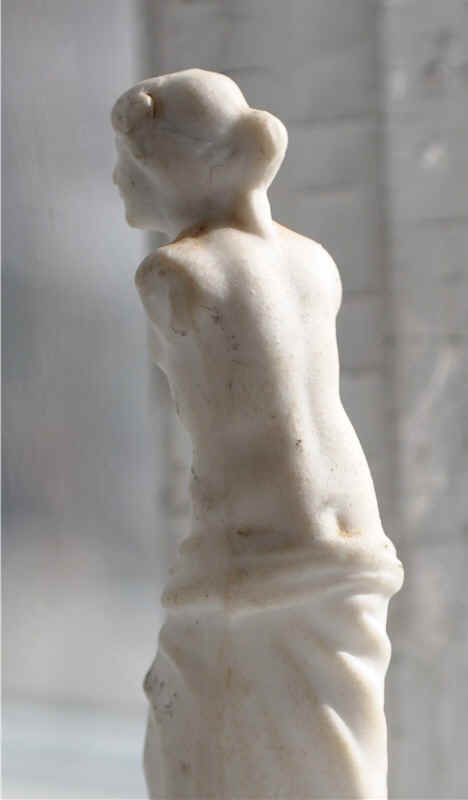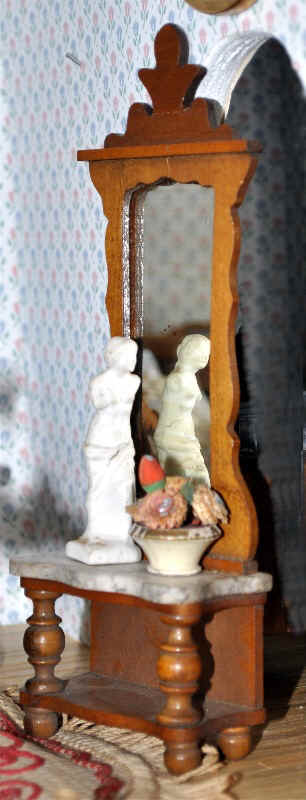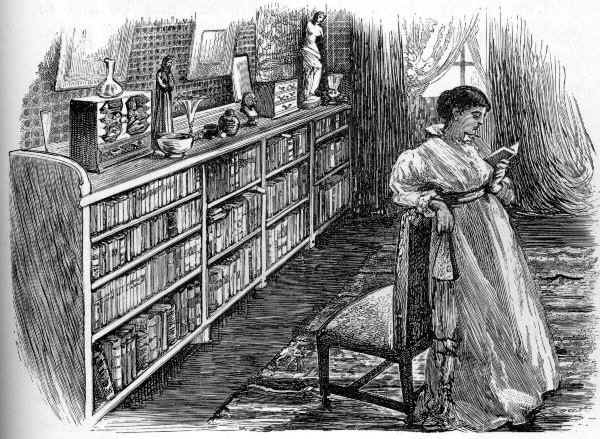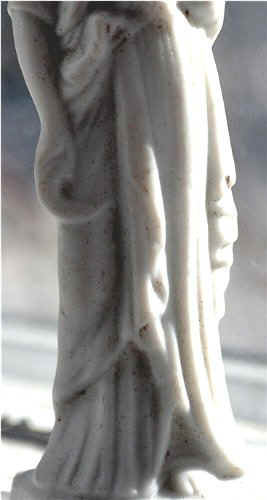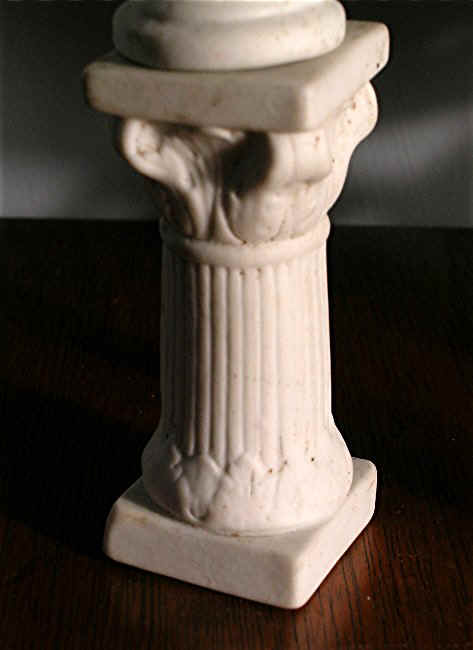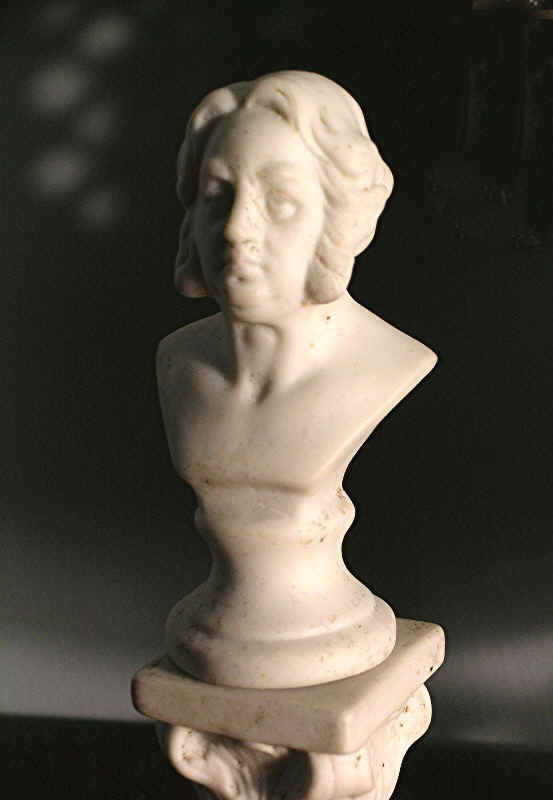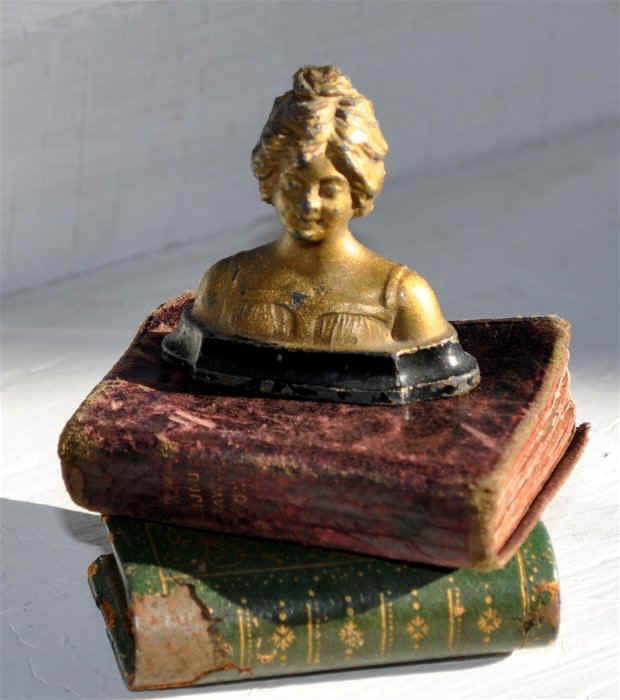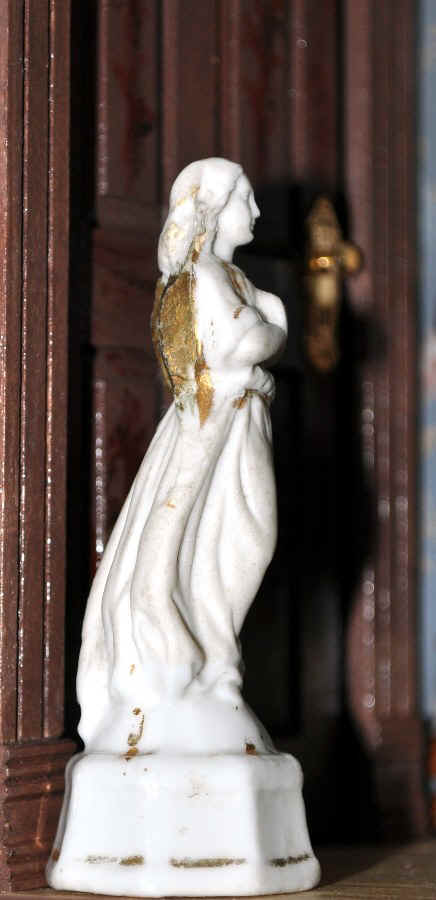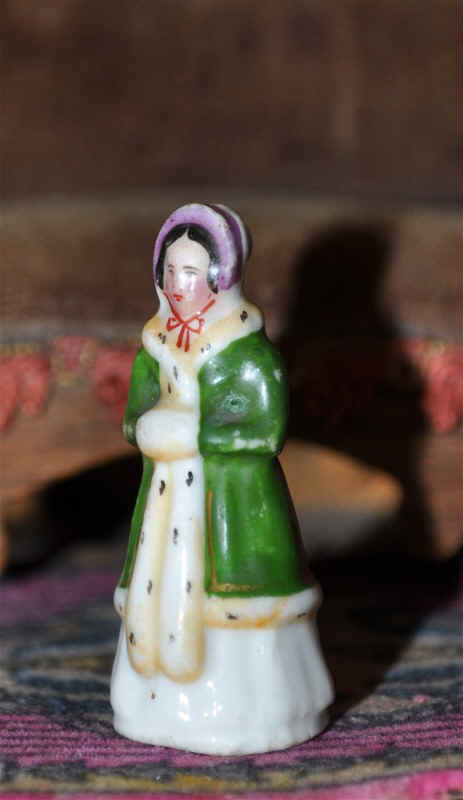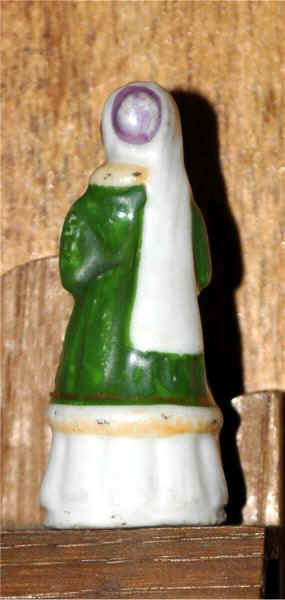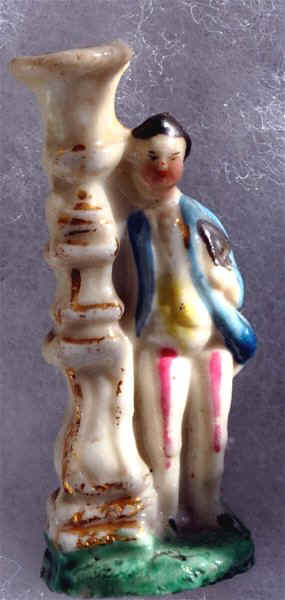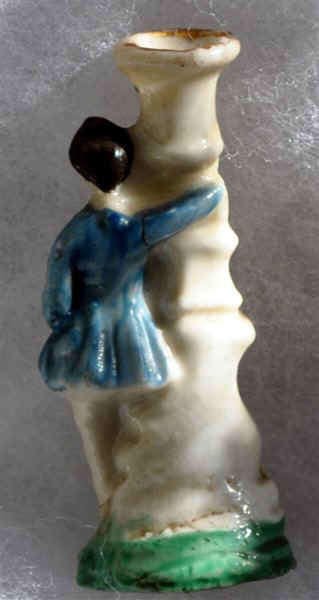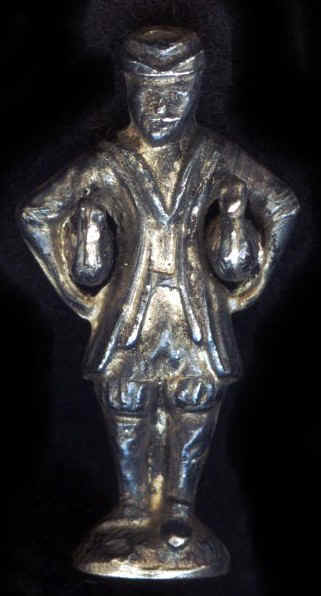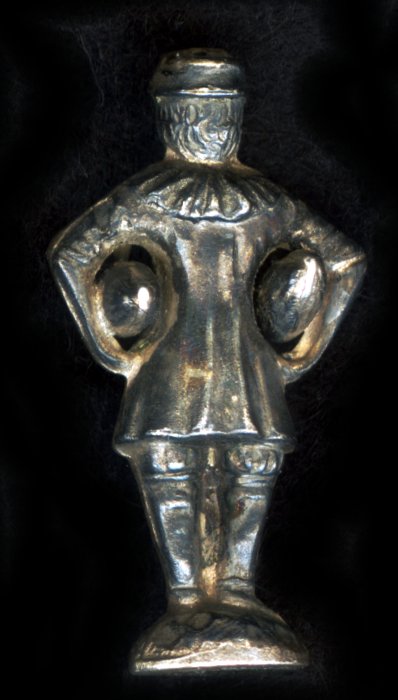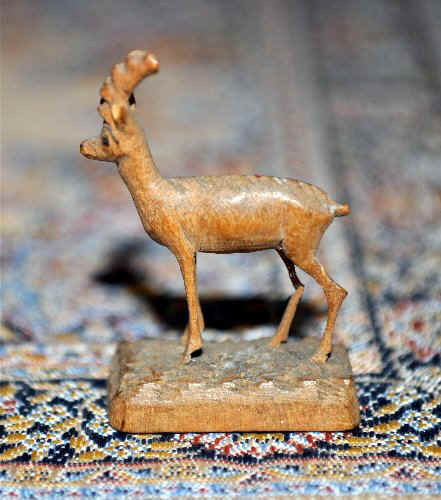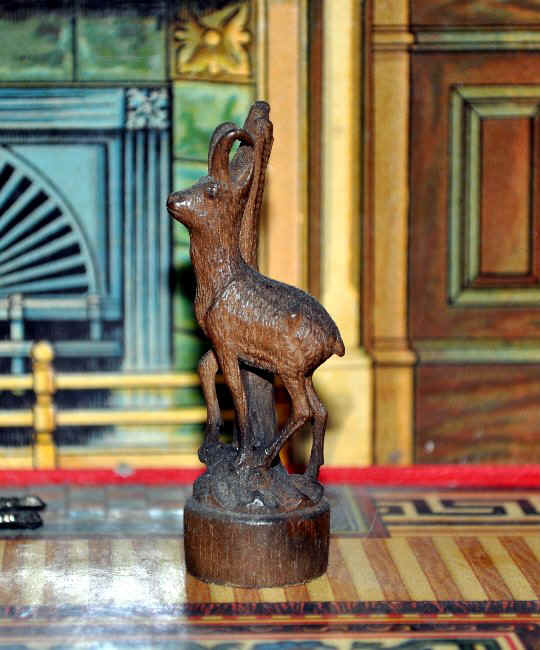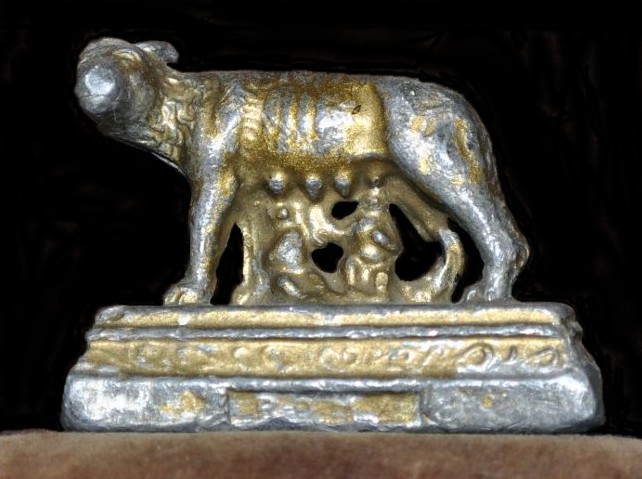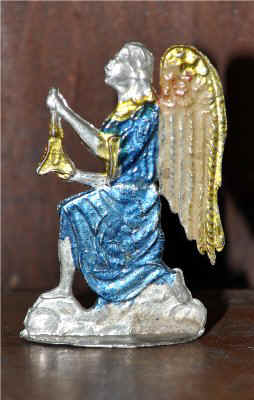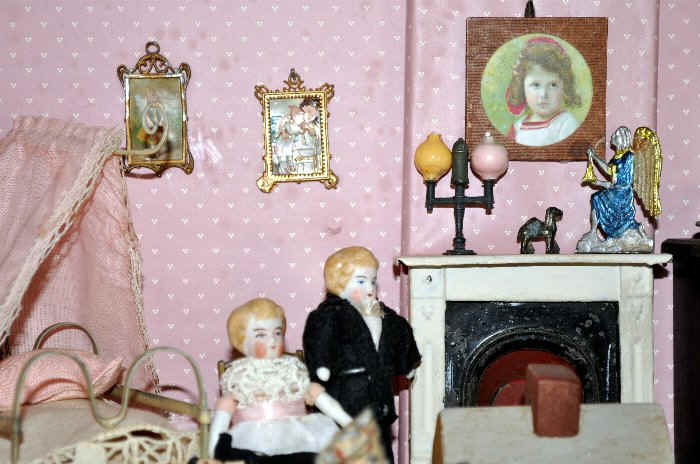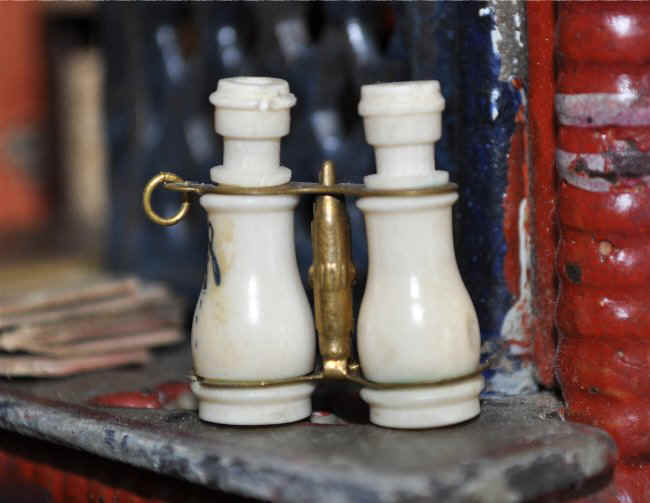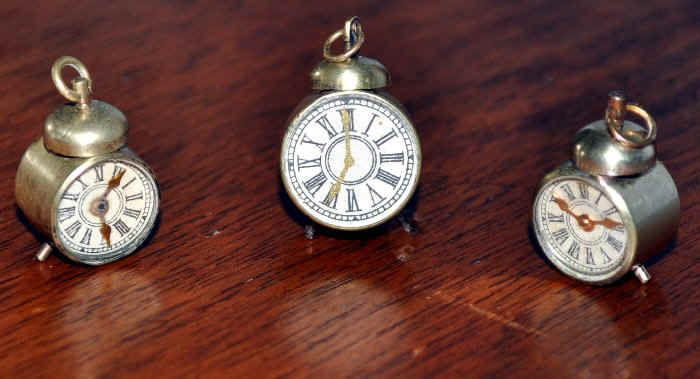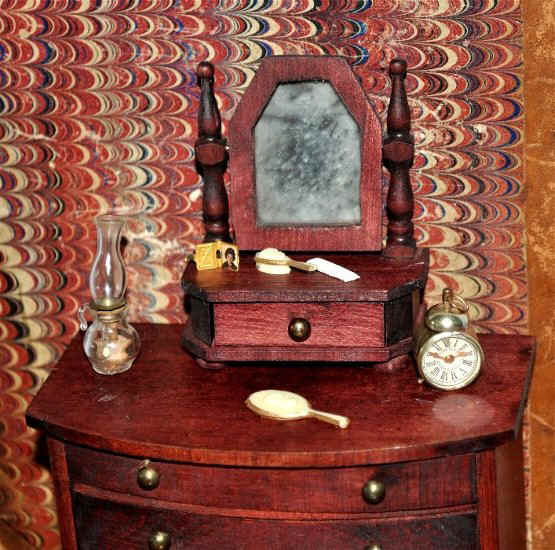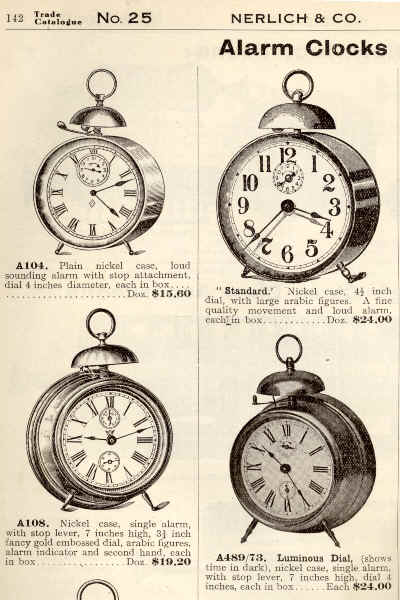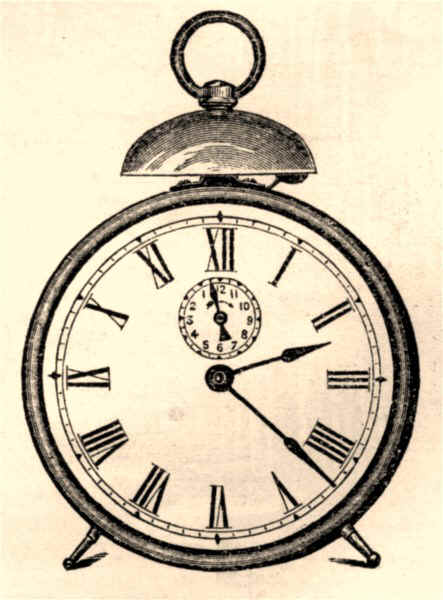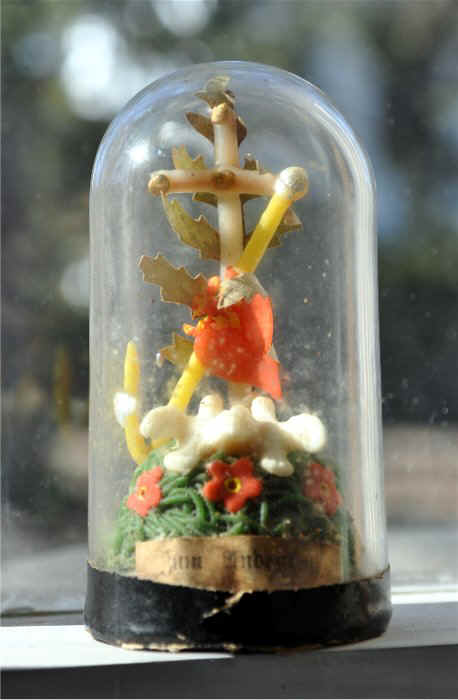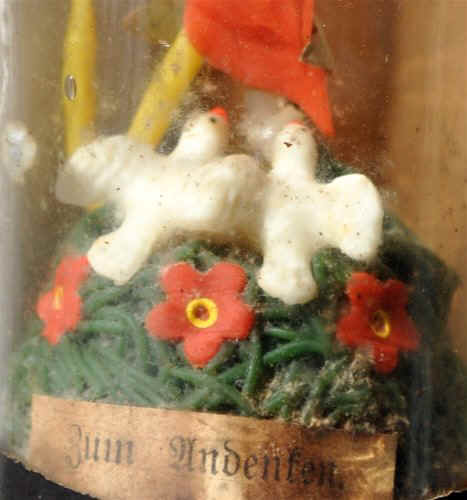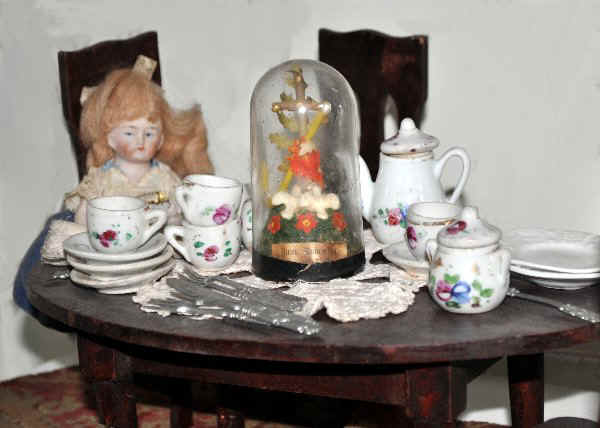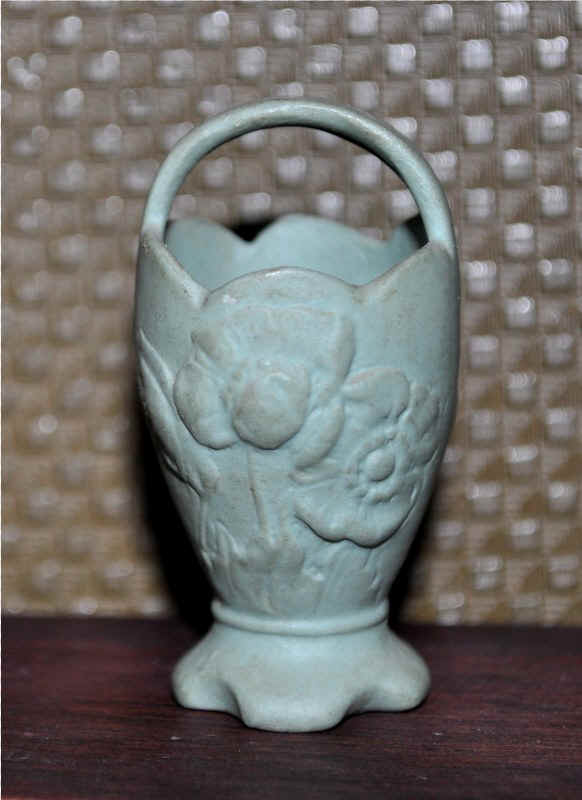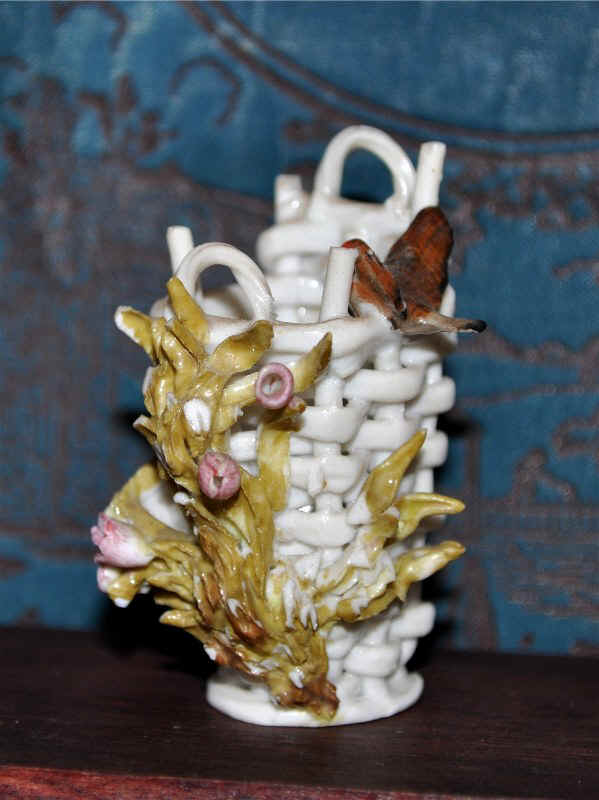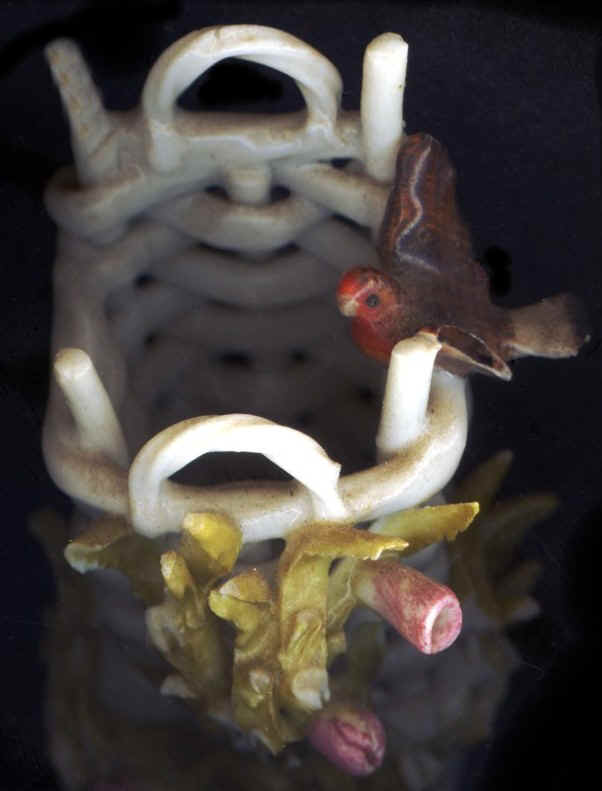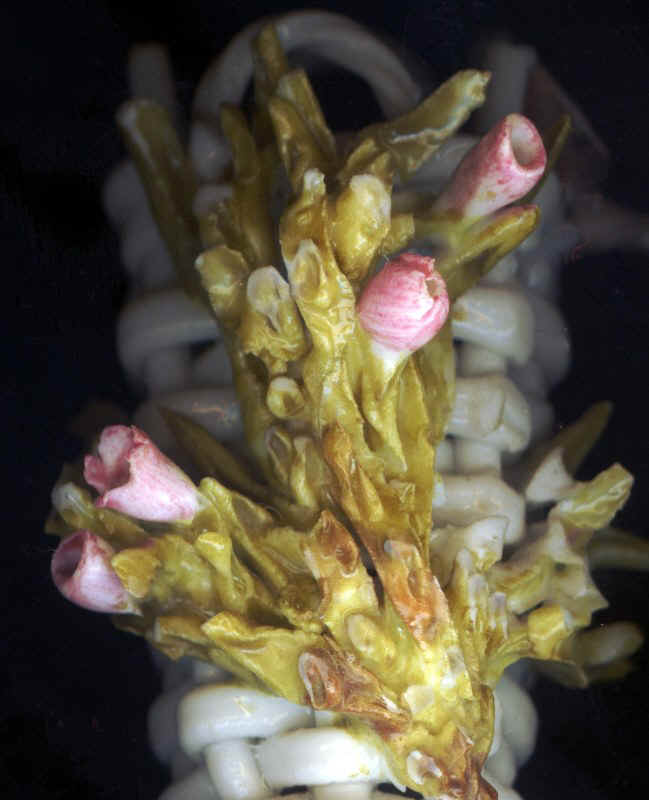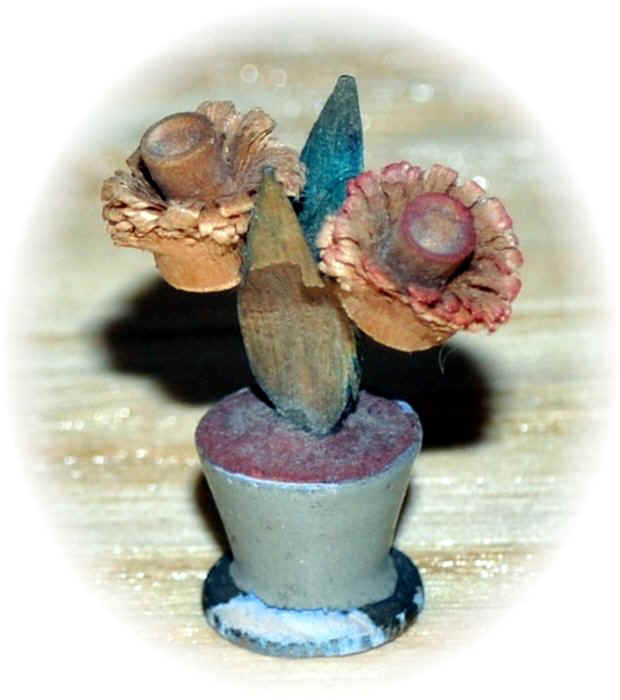Content-Language" content="en-us">
|
section 7: everything else! such as sewing & various accessories (items for the desk, vases, statues, bird cages....) images & photography: Jennifer McKendry © home page GALLERY of IMAGES 1 GALLERY OF IMAGES 2 GALLERY OF IMAGES 3 GALLERY OF IMAGES 4 GALLERY OF IMAGES 5 GALLERY_OF_IMAGES_6 GALLERY_OF_IMAGES_8 INDEX of GALLERY HISTORY of Dollhouses article NOTES: 1. Although this 6-inch ruler will not likely be 6 inches wide on your screen, I thought it might be helpful for comparing centimetres (bottom row) and inches, as all the items in this section are described in inches. If you are used to cm, you could look here and see that, for example, an object measured at 4 inches high is more or less 10 cm high -- a figure, which may mean more to you and which you can visualize more readily.
2. The close-up photography, artificial lighting and exaggerated size on your computer screen may reveal more flaws in the manufacturing process and condition than are apparent when the miniature is displayed in a dollhouse. 3. "Real" in the following descriptions means an actual object at full scale not a miniature or toy. 4. Other accessories are scattered through the Galleries (especially 1 overall, 4 kitchen & dining, 5 parlour and 6 bedroom & nursery), which may also show the settings for them.
SEWING It is difficult to be certain which room was used for sewing, as it likely varied from household to household. Fine hand-work by the house's wife and daughters might occupy them in the parlour, while the more pragmatic sewing of bed linens and clothing may have been done by servants or travelling seamstresses in a room set aside for that purpose, in their bedrooms or in the kitchen.
servants while hand-stitching appear discontent with their lot; whereas, women working with sewing machines in posher settings seem to be enjoying themselves; early versions of sewing machines in 1863 (bottom left) and 1884 (bottom right) from Godey's Lady's Book; by the 1880s, sewing machines were becoming more commonplace but still worked by hand or foot power; in the early 20th century, electric power made inroads into regions serviced by electricity; in the 1884 ad, note the relatively small size of the machine compared to the women, as it suggests dollhouse versions may be appropriately delicate and small in appearance compared with somewhat larger chairs, etc.
above right 1884 above left 1863
late 19th to early 20th centuries sewing table, sewing stand and sewing machine for placement in dollhouses
no maker's marks, painted metal, likely 1880s; turning the wheel
makes the bar and needle move up and down; 3 inches high; (missing
a small wheel on the upper structure)
ad for a
real sewing machine in Eaton's catalogue, Toronto, Canada, of 1888-89; small
drawers for supplies were usually found as part of the stand and a box (lying
on its end behind the foot treadle) to cover the machine when not in use; the
Empress also had a basket for supplies hanging on one end of the metal stand
Rococo Revival S and C shapes with vines and foliage decorate the pierced ends
A tea party on top of the closed
Singer sewing table in 1899
delicate metal stands in imitation bamboo holding a basket filled with a thimble, thread, lace, ribbon, etc., found with the item -- perhaps added by a parent not too concerned with scale; the lid is lined with pleated pale blue silk and hinged by a tied ribbon; stars and geometric bars form an attractive design, 1½ inches in diameter; one stand's base has tripod legs and the other has four paired straight legs with a shelf near the floor; c1910 above right undated trade
card c1900
right compare with a real "work basket on stand" woven from white straw with cover, 12 inch diameter, about 30 inches high, illustrated in the Nerlich catalogue, Toronto, Canada, 1908-09; also one with 4 legs and bottom shelf left
wooden sewing table with drawer divided to hold supplies, 2¾ inches high, likely German
Small small scale Biedermeier sewing table with original accessories in drawer; fleur-de-lis decorate the imitation inlay (Boulle or Buhl marquetry) border of the top
right 1871 ad for a real sewing machine in Canada
metal sewing machine with the machinery at right angles to the length of the top
pedal
FOR THE DESK
Below Ormolu inkwell stand with candleholder, Erhard & Söhne, Germany, and in catalogue, early 20th century, 2 inches long; the gilt colour is seen on the reverse surfaces, as is the relief work (but concave if convex on the top surface and visa versa)
note: For readers interested in products made by the Erhard & Söhne Company, see Swantje Köhler, Ormolu
Dollhouse Accessories, Metal Toys from the Erhard & Söhne
Company, 2007.
below: real inkwell stand in Art Nouveau style with a candleholder
and a pair of covered ink pots, illustrated in an American catalogue c1900,
silver
Soft metal letter holder with original cards and envelopes; front card inscribed "Friendship", 2½ inches long
Metal and marble inkwell, 1¾ inches long, no maker's mark
Imitation green marble inkstand (made of metal) with separate
clock and blotter, marked Germany, 1¾ inches long, also made in imitation reddish-brown
marble
Metal blotter and inkwell with a lid made of curved glass over
enamel decorations , marked Germany, 1¾ inches long, lid ½ inch diameter
Metal inkstand with a pair of soldiers with shields and two pairs of hooks to hold pens and pencils (glasses added; the metal pots were made without hinged lids), 1¼ inches long
VASES & URNS
Glass left 1½ inches high right 2¼ inches high
glass container with S handle and milkglass decanter, each 1¼ inches high
Fine china glazed jug with hand painted detailing, marked W.H. Goss, English, 1860s, 1 inch high
left Parian ware 2-handle amphora, a classical Greek design, made in Germany, 1¼ inches high right above putto in high relief on ornamental ceramic vase in the Art Nouveau style, 1½ inches high
rose in high relief with hand-painted stem and leaves, 1¼ inches high
glass boot, 1¼ inches high
hand-blown glass, mauve swirl with black handle, 1¾ inches high
Above
Fine china, ½ inch
high, initialled JR [?]
ornamental containers in china, hand-painted in the very fashionable Japanese style; on left, just over ½ inch high; on right, ¾ inch high
lleft vase in Art Nouveau style, fine china, mauve, 2¼ inches high; tall vases and urns were often placed directly on the floor as ornaments in the late 19th and early 20th centuries right above Alabaster vase, 2 inches high
painted metal vase and flowers, flat profile with relief moulding; marked Medein, Germany; 3½ inches high
note angel heads
one of a pair of painted metal vases and flowers, flat profile with relief moulding; 3¾ inches high
painted metal vase and flowers, flat
profile with relief moulding, marked Germany, 3½ inches high
ormolu vase by Erhard & Söhne, Germany, in catalogue (right), early 20th century; 1 3/8 inches high; also shown holding dried flowers; also shown as an oil lamp with metal base and ring to hold a pink & white glass shade and clear glass chimney
ormolu vases by Erhard & Söhne, Germany, in catalogue, early 20th century; also shown without dried flowers; also shown as an oil lamp with metal base and ring to hold a pink & white glass shade and clear glass chimney note: For readers interested in products made by the Erhard & Söhne Company, see Swantje Köhler, Ormolu Dollhouse Accessories, Metal Toys from the Erhard & Söhne Company, 2007.
Parian-ware vase with a dancing semi-nude woman in swirling clothes and playing the double pipes; Greek Hellenistic style in high relief with accent lines painted in blue; the reverse has a palmette and scroll motif; marked Germany; 2 inches high
covered urns, metal and painted wood, 1¼ inches high
CAGES
painted tin, contains pair of love birds, 1½ inches wide
left metal cage with bird, 2 inches high
right
tin cage, base 2½ inches long, bird & newspaper added
painted metal cat guarding tin cage with yellow bird, which can be moved to peck at feeder, 1¾ inches high, German, cage base marked GES. GESCH (Gesetzlich Geschutzt meaning legally protected, patented or copyrighted)
STATUARY
1872 real painting of a parlour in Brooklyn Heights, New York, showing numerous statues, including nudes: a life-size (or larger) marble bust of a female on a pedestal, as well as complete figures --- a male bronze next to the right-hand window and a marble female on top of the bookcase; it seems remarkable how many nude or semi-nude figures were typically displayed in posh houses in an era of inhabitants being clothed in many layers from chin to toe. Note the tiers of heavily framed paintings and prints and the elaborate gas chandelier, which could be raised or lowered.
poured thin slip, marked Japan, 20th century, 3½ inches high
Venus de Milo, Greek Hellenistic style, poured thick slip, 2½
inches high; note the statue on the bookcase in the drawing below from
Clarence Cook's The House
Beautiful of 1877.
child and poodle, Parian, 1¼ inches high not including painted base
Karyatid holding sickle and sheaf of wheat, acts as a column shaft, Greek Hellenistic style, solid, German, 3¼ inches high
column, German, solid, 2¾ inches high
mabust marked "Napoleon", poured thick slip, German, 3 inches high
bust of man with sideburns, poured thick slip, German, 2½ inches high
bust, metal, 1½ inches high
angel, glazed, solid, 3¼ inches high
woman with muff, solid, 1½ inches high
man in blue coat embracing candleholder, glazed and overpainted china, 2 inches high
Man carrying a bird with each arm, metal, 1 inch high, origins unknown
dog in wood, possibly British, ¾ inch high
deer in wood, possibly British, base ¾ inch long
mountain goat in wood, 2½ inches high
Metal sculpture of a she-wolf nursing Romulus and Remus, twin
boys; inscribed "Roma", illustrating the Classical myth about the
founding of Rome, base 2 inches long
OTHER
angel, metal, 1¾ inches high
Metal horse pulling a carriage, 2 inches long
binoculars, metal and possibly ivory; shows landmarks of Paris, featuring the Eiffel Tower of 1889; 1 inch high
right Advertisement for real alarm clocks in 1908-1909 Nerlich catalogue of Toronto, Canada
Glass dome, 3 inches high with wax objects: flowers, pair of
doves, anchor (symbolizes hope) and cross; paper inscribed in German "In
Memoriam"
china basket with Art Nouveau flowers in relief, 2 inches high
china basket with flowers and a bird, 2 inches high
woven basket with dried rose buds, 3 inches high
treen flowers in pot, German,
upper: 1 inch high; lower: 1¼ inches high TO CONTINUE THE GALLERY OF IMAGES, PLEASE CLICK HERE (on the porch and in the yard) top of page home page history of dollhouses lights for dollhouses references on dollhouses & miniatures GALLERY of IMAGES 1 GALLERY OF IMAGES 2 GALLERY OF MAGES 3 GALLERY OF IMAGES 4 GALLERY OF IMAGES 5 GALLERY_OF_IMAGES_6 GALLERY_OF_IMAGES_8 INDEX of GALLERY
|


